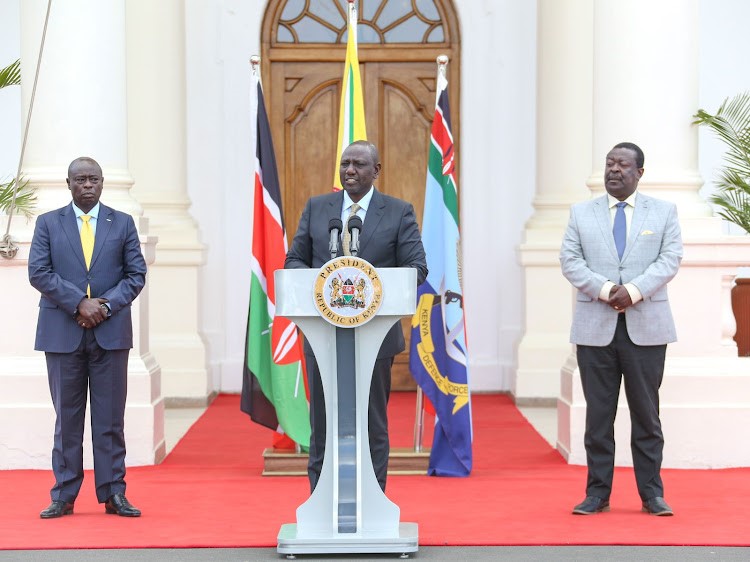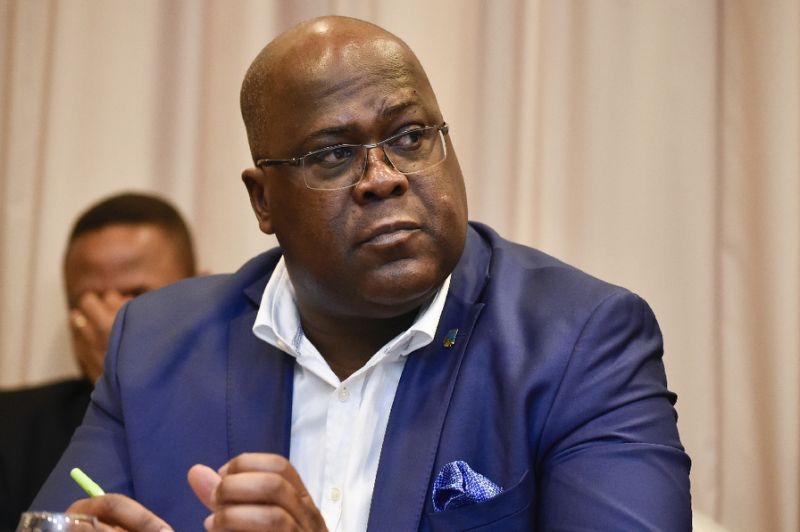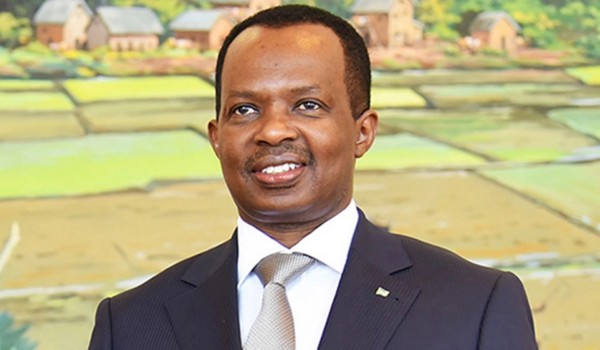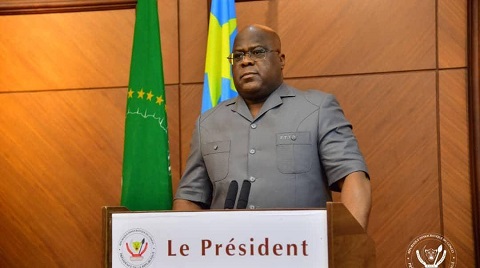Regional
DRC vigilance groups similar to 1994 Genocide militia
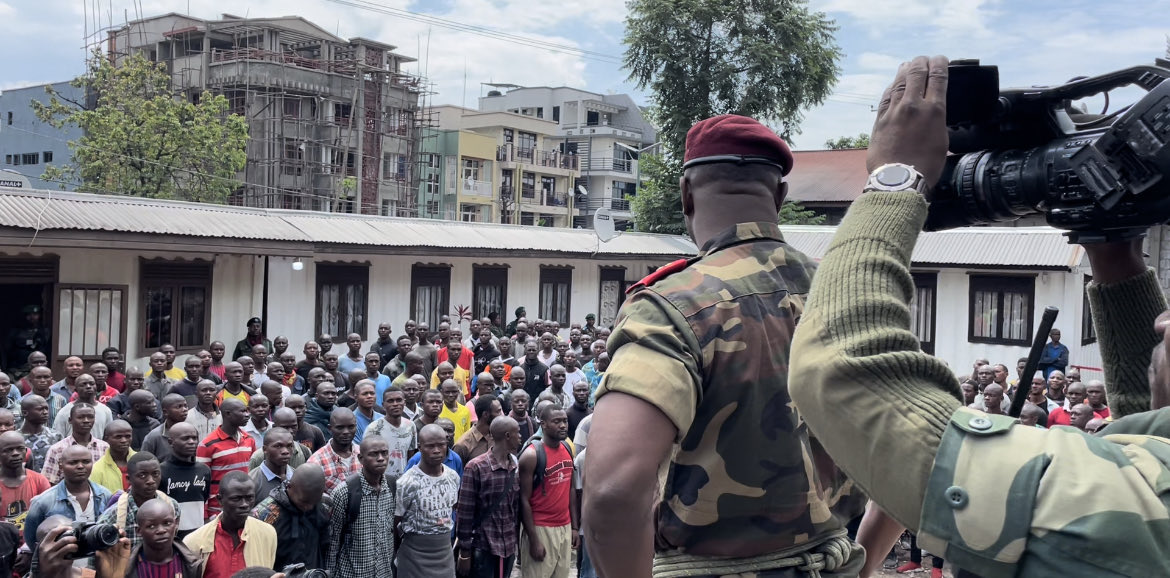
More than 3,000 youth have joined the ‘vigilance groups’ to start trainings as the Congolese army steps up its fight against the M23.
In 1991, then Rwandan President Juvénal Habyarimana, launched the “Organisation de l'Auto-Défense Civile” or Civilian self-defense program. It was an operation aimed at selecting ‘reliable and capable’ Hutu youth for military training, arming them and returning them to their communities to kill ‘enemies of the country’.
Today,
in 2022, history is repeating itself, this time in the Democratic Republic of
Congo (DRC).
Addressing
his nation on November 3, DRC President Félix Tshisekedi rallied young
Congolese to organize themselves into vigilance groups, to accompany and
support the security forces in what he called a ‘hefty mission’.
Tshisekedi
instructed the army to establish recruitment centres across the country in
response to Rwandan “aggression” - a reference to claims that Kigali is
militarily supporting the M23 rebel movement in DRC's east.
The
Congolese leader made the call after accusing Rwanda of backing the M23 rebels.
He called upon the Congolese to defend their country, and protect the integrity
of its territory against any aggression or attack from any source.
“This
is an opportunity to warn all traitors and other bad apples who serve the
interests of the enemy, they will be exposed and have the just punishment that
this kind of behavior deserves,” he added.
The
Congolese ‘vigilance groups’ are no different from the deadly genocidal militia
of the Rwandan youth’s ‘Auto-Défense Civile’.
In May
1994, the first implementation of the plot to exterminate the Tutsi was to
first strengthen the auto-defense program. Young people were given guns,
ammunitions, grenades, and machetes to be used against the ‘enemy of the
country’, meaning any Tutsi in the country or abroad.
Currently
in DRC, an implementation of the initial phases of Genocide is in full force. Today,
any internal conflict in DRC is attributed to the presence of the Tutsi and the
Kinyarwanda speaking community in the region, and to Rwanda.
This
has resulted in an enormous spread of hate speech and incitement to
discrimination, hostility or violence against these communities, mostly spread
by political party figures, community leaders, civil society actors, and
members of the Congolese diaspora, among others.
These
worrisome actions by the DRC government were followed by circulating videos on
different media platforms showing the youth enrolled in this newly created
militia, demonstrating in different cities, where individuals identified as
Rwandans or specifically Tutsi were killed by rowdy mobs, their homes and
businesses vandalized or looted.
Building
armies, buying weapons, and training troops and militias, with leaders claiming
that they are defending their country is part of the stages of a Genocide. The
DRC is currently disguising genocide as self-defense from Rwanda.
The
Congolese leadership’s actions mirror those of Rwanda’s genocidal government,
which Rwandans experienced on a first hand basis. And for a country where
genocide ideology has spread for 28 years, the official establishment of
militias is alarming.
Meanwhile,
the UN mission in DRC, the international community, and the so-called human
rights organizations, are standing by idly and tight lipped as these young
people are mobilized to kill fellow citizens.


